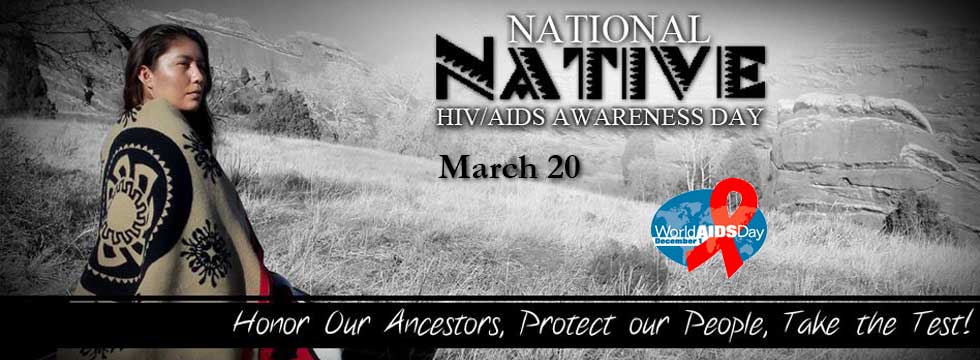Human immunodeficiency virus (HIV) is a virus that attacks the body’s immune system, making it difficult to fight off diseases, infections and certain cancers. HIV specifically attacks the body’s CD4+ cells, a type of T-cell that has a critical role in our adaptive immune system. When an unknown virus, bacteria, or pathogen enters the human body, CD4+ cells are required to stimulate the immune system in making the machinery to fight off the unknown intruder. Without CD4+ cells, it becomes difficult for the human body to regulate immune responses, increasing the risk of death from diseases and infections as common as the cold. When HIV destroys CD4+ cells, impairing the functionality of the immune system, this leads to the acquired immune deficiency syndrome or also known as AIDS. HIV/AIDS can only spread when infected body fluids such as blood, semen, vaginal or anal secretions, and breastmilk from one person enter the bloodstream of another person. The methods of HIV/AIDS transmission include unprotected sex, infected needles, infected blood donations, and from mother to child during pregnancy, childbirth or breastfeeding.
The methods of HIV transmission along with an extended latent/dormancy period makes HIV/AIDS very dangerous, often going undetected. People who don’t know they are living with HIV will not seek out medical care and treatment and may unintentionally pass HIV to others. In American Indian and Alaska Native communities, as many as 26% of people with HIV are unaware they are infected. Similarly, in Native Hawaiian and Pacific Islander communities, it was estimated that 18% of people with HIV did not receive a diagnosis. These statistics emphasize the significance of the National Native HIV/AIDS Awareness Day to bring attention to the dangers of HIV/AIDS and the importance of HIV testing in Native Americans, Alaskan Natives, and Native Hawaiian communities.

Illustration by Wabanaki Health and Wellness
The rate of HIV infections among AN/AI communities is troublesome as AN/AI communities have the lowest survival rate after HIV diagnosis when compared to other racial/ethnic groups. In Native Hawaiian communities, the rate of HIV infections is almost twice the rate of the non-Hispanic white population. Although Native Hawaiians only represent 0.4% of the total population, they were 1.6 times more likely to be diagnosed with an HIV infection, compared to the non-Hispanic, white population. The rate of HIV infection in our native communities will worsen if we do not resolve the obstacles in addressing HIV/AIDS prevention. Poverty, lack of health care coverage, language barriers and cultural factors that stigmatize sexuality remain significant obstacles that prevent people from getting tested for HIV and/or seeking the medical care available in supporting a healthy life with HIV/AIDS.
Every year, March 20th is designated as National Native HIV/AIDS Awareness Day to highlight the impact of HIV/AIDS on Native Americans, Alaska Natives, and Native Hawaiian communities.
Across the United States both national and community-based organizations, physicians, researchers, advocates and individuals get together in an effort to raise awareness of HIV/AIDS, and to provide resources that may help our native communities. Some of these efforts include:
- The collaborative efforts of 11 organizations consisting of both national and community-based organizations in establishing the National Native HIV/AIDS Awareness Day (NNHAD) website to provide HIV/AIDS education and prevention resources.
- Indian Health Service (IHS) providers have collaborated with communities throughout the country to improve access to HIV screening centers, education, and care resources.
- The National Indian Council on Aging (NICOA) released a blog post to provide actions steps you can take to raise awareness
- The CDC has partnered with community-based organizations and health departments across the US to deliver effective HIV/AIDS prevention programs in American Indians, Alaska Native, and Native Hawaiian communities.
- National campaigns such as the Act Against AIDS campaign, which also includes an annual HIV Prevention Conference
These collective efforts represent some of the many across the nation in addressing HIV/AIDS prevention within Native communities during National Native HIV/AIDS Awareness Day. To find more resources or information about what you can do visit the National Native HIV/AIDS Awareness Day (NNHAAD) website.
The opinions expressed in this article are those of the author and do not necessarily reflect those of the Diverse Elders Coalition.
